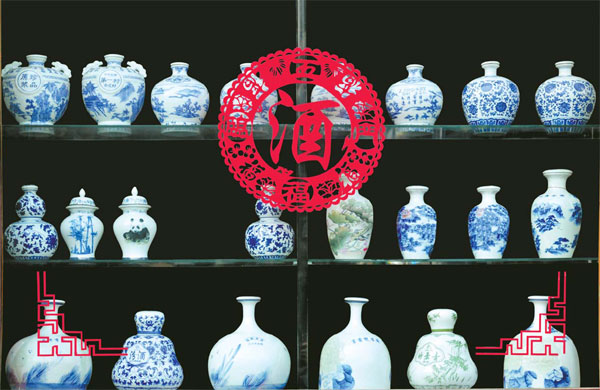Passport of call
Updated: 2015-08-05 08:47
By Yang Feiyue and Erik Nilsson(China Daily)
|
|||||||||||
 |
|
South Korea's Jeju Island is among the popular destinations for Chinese tourists. |
Relaxed entry rules aren't merely drawing Chinese to specific destinations but also boosting overall outbound-tourism growth. Other contributors include rising incomes and a stronger yuan.
South Korea remained the most popular international destination for Chinese holidaymakers-despite a 54 percent drop in June, when Middle East Respiratory Syndrome erupted, and Japan enjoyed the top spot.
But South Korea has been rapidly rebounding since Prime Minister Hwang Kyo-ahn declared MERS' de-facto end on July 28.
The epidemic pushed many cruise companies to shift routes from South Korea to Japan, which in March enabled visa-free port access for Chinese passengers aboard 11 cruise liners. The island nation on Jan 19 extended Chinese visitors' multiple-entry tourist visas from three to five years.
More than 50,000 Chinese tourists have booked summer vacation-period Japan trips through China's biggest travel agency Ctrip, the company says.
"The depreciation of the yen against the yuan also contributes to Japan's popularity," Ctrip's marketing manager, Dai Yu, explains.
Chinese head to the neighboring country to shop, sightsee and spend time with family, Dai says.
Tokyo, Osaka and Hokkaido are particularly popular, Ctrip's data show.
More than 450,000 Chinese spent nearly 6 billion yuan ($1 billion) in Japan over Spring Festival, Japanese media report.
South Korea has exempted Chinese tourists' visa fees from July 6 to Sept 30 and grants 15-day visa-free stays for Chinese who also hold group-travel visas to Japan.
Ctrip's reservations to South Korea have surged 230 percent since mid-July.
Trips from China are more than a third cheaper than before MERS. A four-day trip to Seoul now costs around 2,500 yuan throughout August.
Star-rated hotels are generally priced below 500 yuan, as opposed to 600-800 yuan before the epidemic, Dai explains.
While China's tourism to Southeast Asia rebounded in the first half of the year, it still failed to reach 2013 levels-that is, before prominent plane incidents, Gold Palm executive director Liu Dan says.
The number of tourists to Southeast Asian destinations (excluding Thailand) dropped from 6.4 million in 2013 to 6.2 million last year, according to data from the Australia-based Center for Aviation.
The mysterious vanishing of Malaysia Airlines' MH370, the shooting down of MH17 and the fatal crash of AirAsia Indonesia's QZ8501 that killed 162 dampened Chinese tourists' enthusiasm for the region, Citigroup's Hong Kong branch aviation analyst Michael Beer says.
Related Stories
Austria's Donauinselfest music festival attracts record 3.3 mln visitors 2015-06-30 13:35
In search of dream island 2015-05-30 07:44
Dongtou: Misty islands amid endless waves 2015-05-16 09:28
Across the ocean 2015-05-16 07:31
Today's Top News
17 armed forces take part in Russia military contest
China joins hands with UK for
arts exchange
CPC leaders' annual meet to set economic agenda
Sinopec denies report on recalling overseas staff
China to use satellites, drones, sensors to monitor pollution
View the 'Belt and Road' initiative as a great 'Social Project': Sinologist
Turkey launches airstrikes on PKK targets
Last 'Dambuster' pilot in WWII dies at 96
Hot Topics
Lunar probe , China growth forecasts, Emission rules get tougher, China seen through 'colored lens', International board,
Editor's Picks

|

|

|

|

|

|






